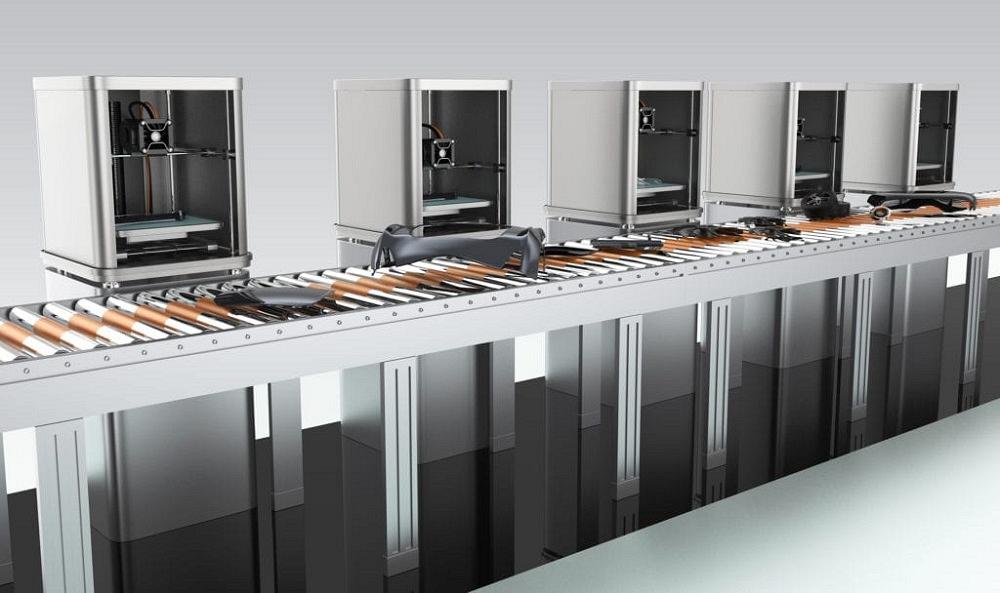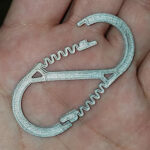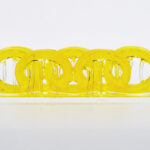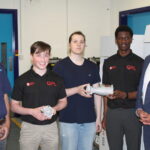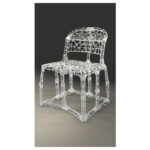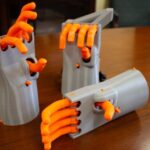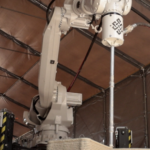Virginia-based market analysis firm SmarTech Analysis just released a report that indicates that the compact industrial metal 3D printing market is growing at an accelerating rate. The report is titled “Manager’s Guide to Compact Industrial Metal 3D Printers” and it outlines why and what companies are adopting the technology.
The first 3D printing technology was FDM (fused deposition modeling), so for a time, it was the best option available. Then came along SLA (stereolithography), SLS (selective laser sintering), and EBM (electron beam melting), among others, which offered faster printing, more precision, and stronger materials, including metals. FDM became relegated to mostly consumer-grade desktop 3D printers and some prototyping while industrial users moved on to the newer technologies. The problem? Those fancy powder-based machines are very expensive, ranging from $250,000 to $1 million. They’re also costly to operate and maintain and take up a lot of space.
Making Metal Accessible
Those are hurdles for a Fortune 500 company, but to a small machine shop, they’re insurmountable walls. A void formed in the marketplace: engineers and machinists could greatly benefit from metal 3D printing, but there was no option that they could afford. Enter bound metal deposition (BMD; Desktop Metal trademarked the BMD term but they aren’t the only company using the technology), a method of 3D printing metal that has spurred a renaissance for FDM machines. With BMD, metal powder is bound with a small amount of thermoplastic or wax in the shape of a rod that can be extruded just like a desktop 3D printer extrudes a spool of filament. After being printed on a BMD machine, a part goes through a debind process and then into a furnace to be fully sintered into a solid part.
That may sound complicated but it’s fewer steps than are required to operate a metal powder 3D printer, and it costs significantly less. Small design and engineering firms as well as machine shops have taken note of this new tech, adopting it aggressively. In the report, SmarTech lays out the pros and cons of the different metal AM technologies and provides a detailed review of each of the compact industrial metal 3D printers on or about to enter the market.
Powder bed fusion currently accounts for more than half of all metal 3D printing, with direct energy deposition and binder jetting tied for second. Extrusion-based metal 3D printing accounts for only 10% of the metal AM market but it will continue to gain momentum as long as it remains the most accessible path to metal 3D printing.


